LARRY’s LIST has the pleasure of speaking to Dr Terry Wu who discussed how his multicultural background and his migrating experience influenced his perception in art, whether he may want to establish a private museum, his motivation in setting up John Street Studios, as well as his latest purchases of two works by Alicja Kwade.
A specialist Plastic Surgeon in profession, Dr Terry Wu is a passionate advocate for visual arts in Australia and serves as a Board Member of ACMI (Australian Centre for the Moving Image), a Board Director of ACCA (Australian Centre for Contemporary Art), a Member of the Venice Council of the Australia Council for the Arts and a Member of the International Council of Tate (UK). This year, Terry was the Winner of Emerging Philanthropy Leadership Award awarded by Creative Partnerships Australia and Senator The Hon Paul Fletcher, Federal Minister for Communications, Cyber Safety and the Arts.
In 2014, Terry co-established John Street Studios in inner city Melbourne to provide quality and affordable studio spaces for 12 visual artists of varying generations and representations. Terry also provides direct assistance to artists for major projects. For the 2015 Venice Biennale, Terry supported the realization of Emily Floyd’s large outdoor installation “Labour Garden” and donated this significant work to Queensland Art Gallery & Gallery of Modern Art.
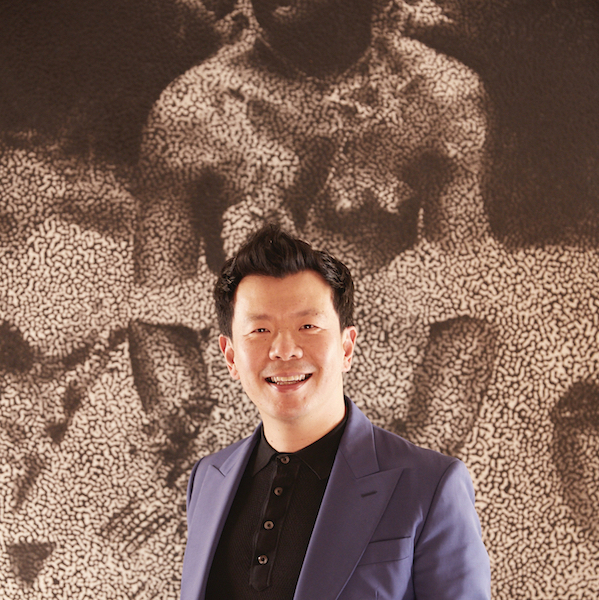
Collecting
What made you want to start collecting art? What is the main motivation behind your collecting?
My father is an artist, and at one time, the chief editor of the major newspaper in Taipei where I grew up. The environment of my upbringing was immersed in culture, literature and the arts. Nevertheless, I persued a career in science and became a plastic and reconstructive surgeon. But this inner desire to be amongst creatives was ever present throughout my medical training.
Even though I grew up appreciating the riches of the arts, my family’s modest means did not allow acquisition of many artworks. Similarly, the long years of intensive and vigorous surgical training were not compatible with serious engagement with the art world. It was not until I became an established plastic surgeon that I was able to realise the calling to immerse myself in contemporary visual arts. I was very fortunate to come into contact with many like-minded artists and curators early in my introduction to the Australian art world, and this led to many meaningful friendships that resulted in the beginning of my collection. Aside from the desire to be immersed with artworks that nourish my life, I developed the acute awareness that artists deserve support that is often lacking. One of the most direct ways to provide this support is to collect artworks over the many stages of an artist’s career. I feel previledged to be able to come along for this journey and be the custodian of an engaged collection.
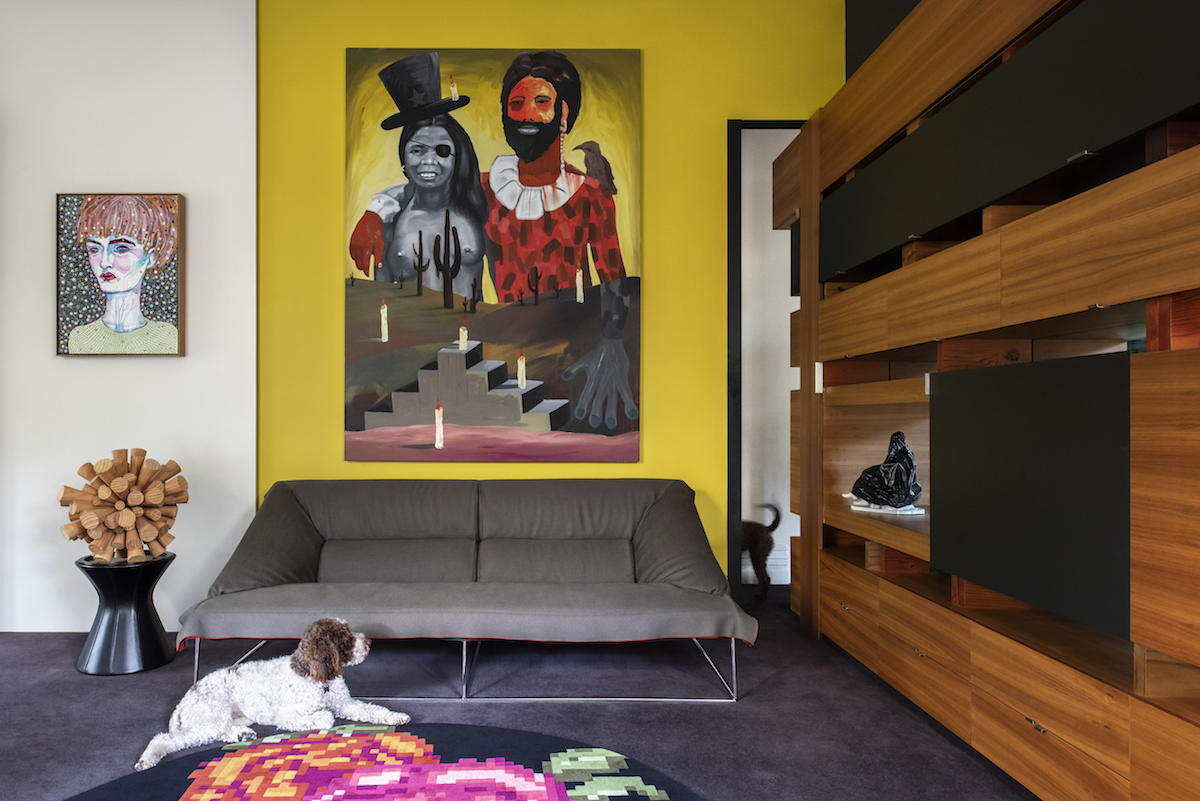
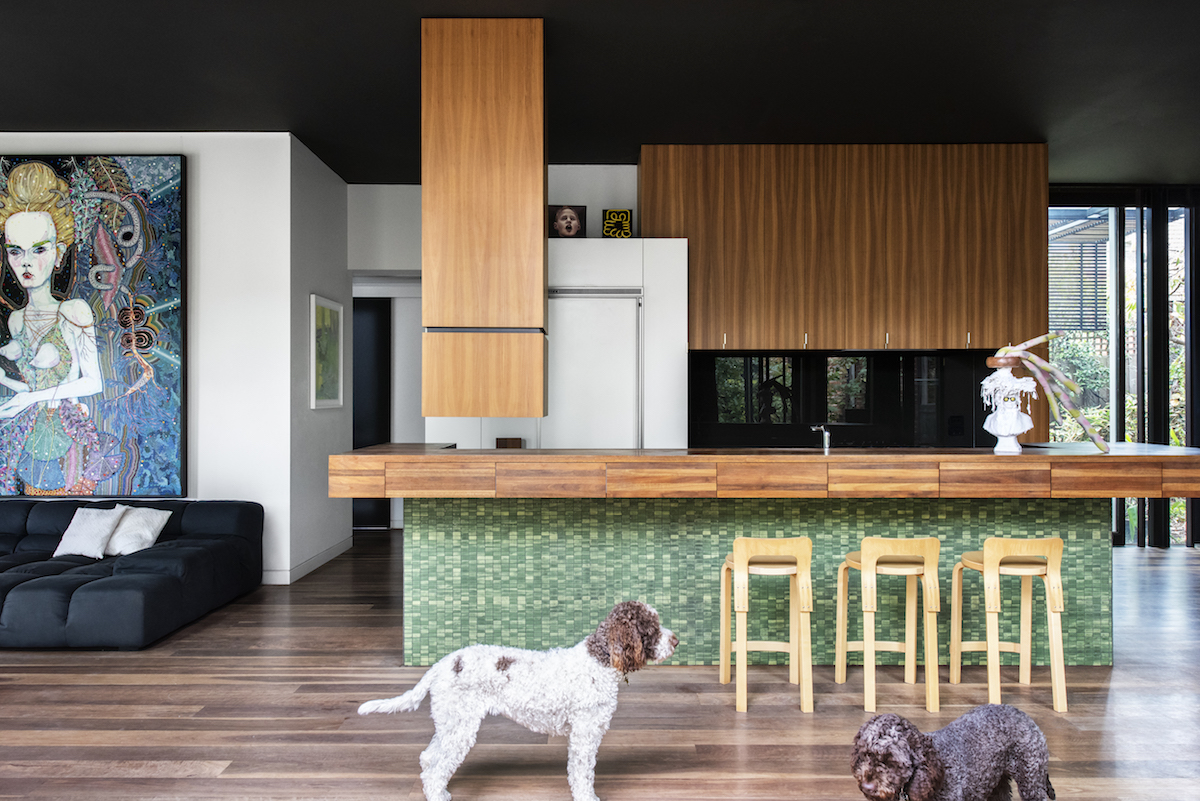
When did you fall in love with a piece of art? What was it?
When an artwork piques my interest, the desire to engage starts a delicious conversation. This dialogue arouses my intellect and inner history, and imparts meanings that I strive to understand. It is often beyond visual or sensorial engagement, more visceral.
What is your focus regarding the artists in your collection? What unites all the works you have acquired? How do your multicultural background and your relocating experience influence your perception in art?
The artists in my collection span from emerging to established. The underlying thread is the concern for the human condition and the desire to understand our identity. It, in fact, took sometime before I realized why I gravitated towards certain artworks. I migrated from Taiwan to Australia when I was fourteen year old without speaking English. This seismic change in environment made me acutely aware of humankind’s innate desire to belong. I had to acquire a new culture and language. Even though I was academically successful, it was not until decades later that I was able to make sense of my multiplicity of cultures. This struggle to understand our existence weaves through the artworks that speak to me and gives me hope that metamorphosis is possible.
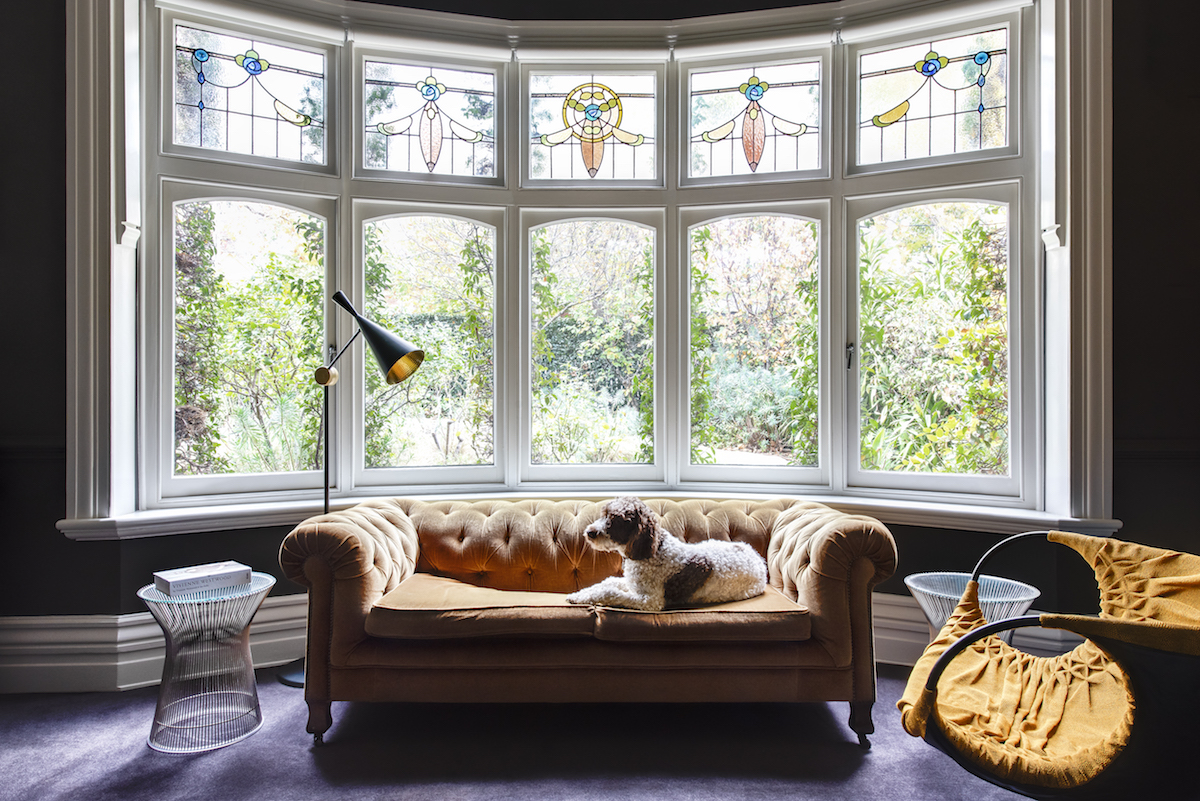
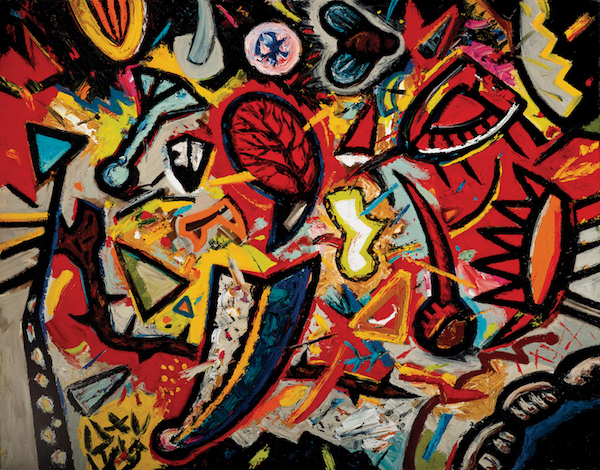
What were the first and the latest artworks you purchased?
The first significant work that I acquired was a wild painting “Untitled 1987” by Peter Booth that depicted an apocalyptical seascape full of menacing forms and creatures. Strangely, it was very beautiful with vivid colours and energy. It shows an inner strength to weather an uncertain future and instils hope in human existence. I have since donated this significant work to Heide Museum of Modern Art as it complements the works by Booth already in the collection. Two of the latest works to enter my collection are by the Berlin artist Alicja Kwade. “Finally Found (iPhone) 2018” is a sculpture of an iPhone being unearthed as a fossil in stone. It comments on the transient nature of human existence and the lasting consequences of technology. Whilst “Be-Hide 2018” explores our perception of reality with Alicja’s characteristic play with mirror, stone and an aluminium stone facsimile.
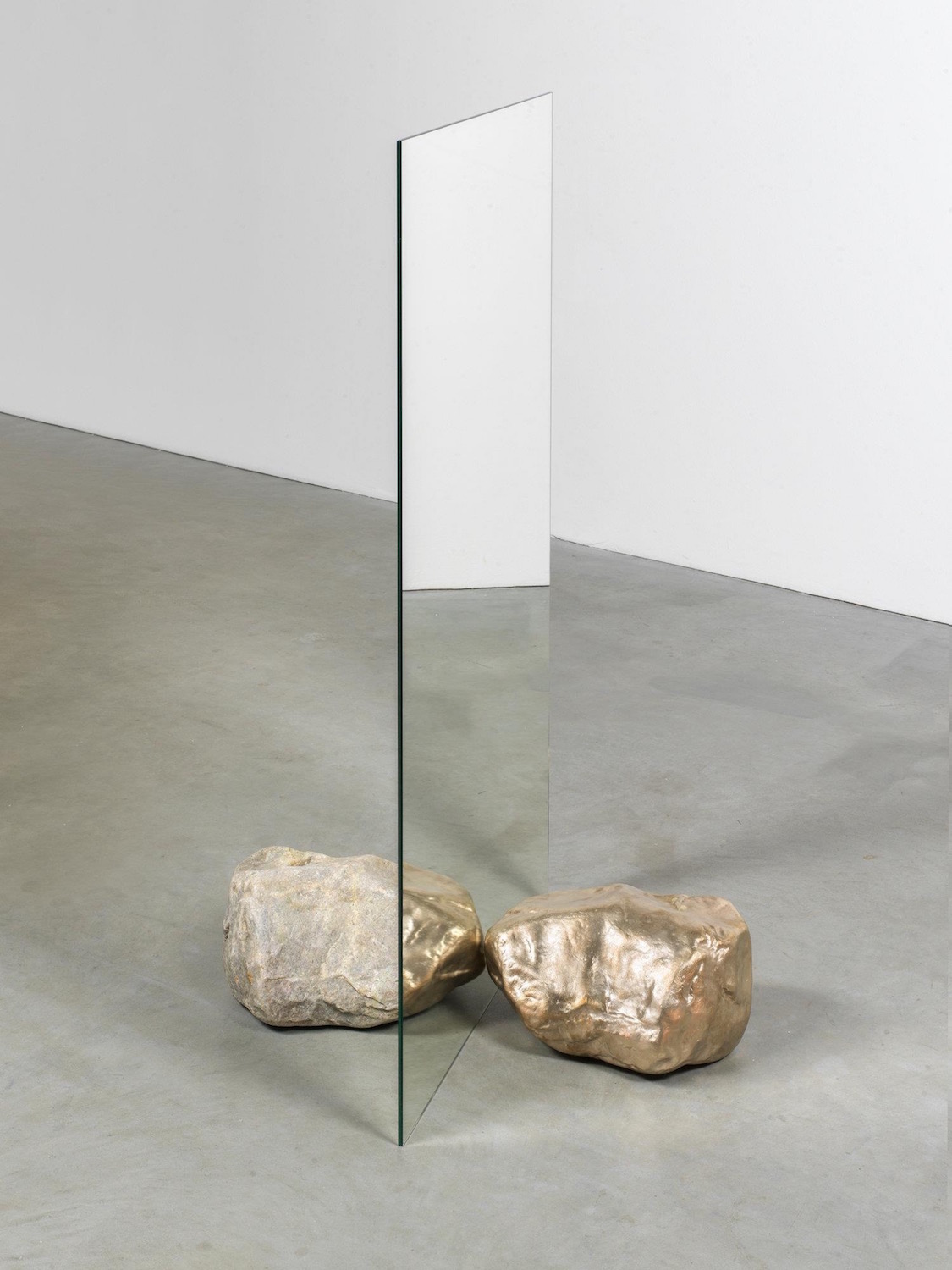
How many artworks do you own? Where do you display your collection?
There are now more than 250 works in the collection and the works are displayed according to a thematic roster at home and in my surgery suites. As my children are still very young, many of of the more fragile installation works are only shown on occasions and when loaned to public institutions.
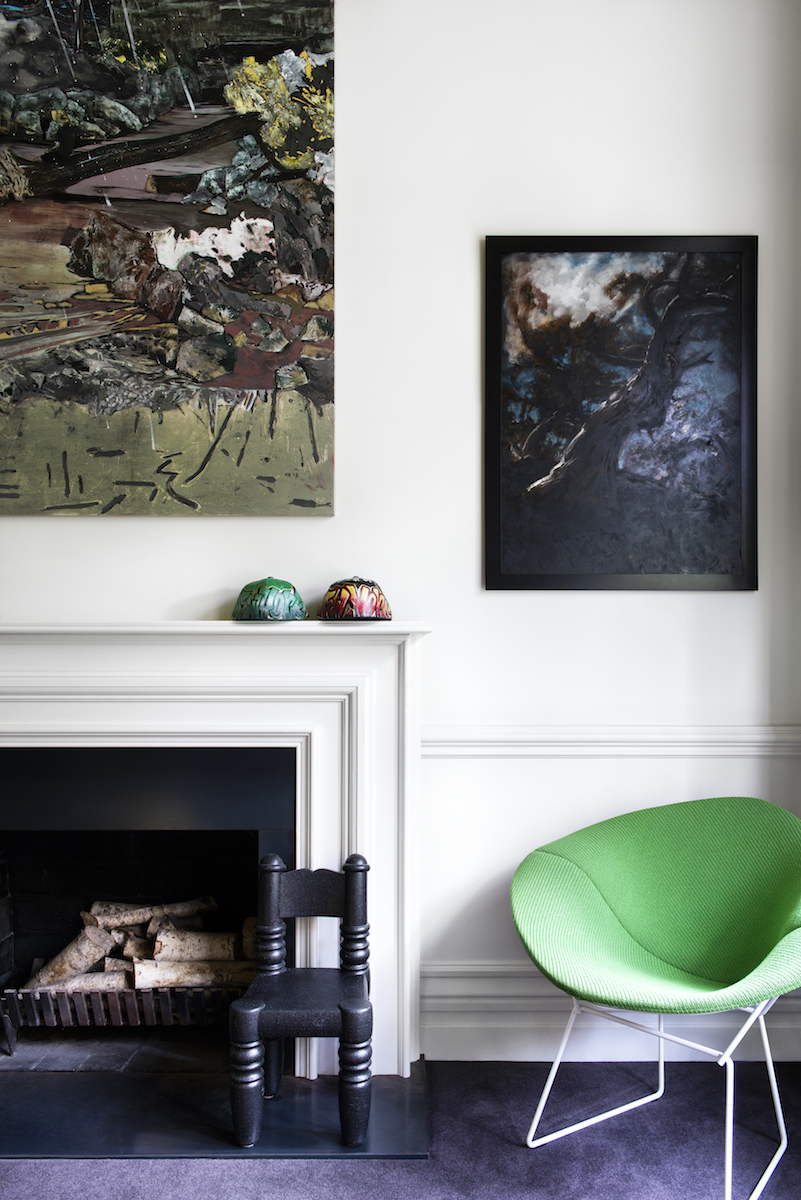
There is a global trend of establishing private museums. Have you ever presentedyour art collection publicly? Do you plan to establish a private museum one day? Why or why not?
We are fortunate in Australia to have many significant private museums, such as MONA, White Rabbit Gallery, and TarraWarra Museum of Art. These private institutions complement public museums by showcasing scholarly curated exhibitions of their respective area of interest. As the visual arts sector in Australia is relatively modest due to our smaller population, I am interested in assisting public institutions in staging the most meaningful exhibitions possible. More importantly, I am interested in bringing Australian contemporary art to the world audience by innovative and strategic engagements. I am still researching what may be the most effective methodology and this research may one day lead to a physical location somewhere outside of Australia. In the very least, many of the works in the collection are aleady loaned and some donated to public institutions.
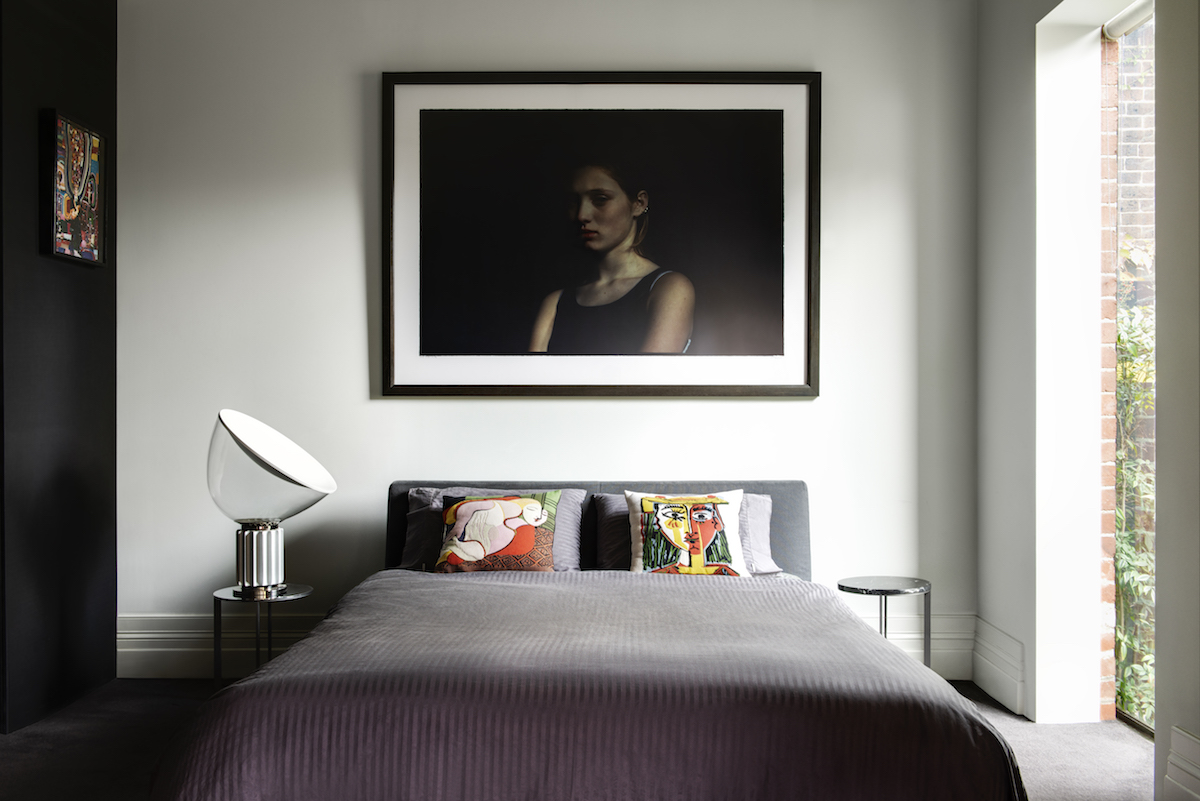
Is there any kind of artwork that can make you write a cheque without any consideration?
Fortunately, I am well looked after by gallerists who show artists whom I collect in depth. I am grateful for the opportunity to always have appropriate and timely consideration for the acquisitions. Maybe it is my inner Eastern belief that impulse reactions are best kept as private considerations.
What is your most treasured artwork?
I am not sure if there is a most treasured work in my collection as all the works have a history and resonance for a particular time in my life. Likewise, I treasure my three children equally even though they don’t always believe that.
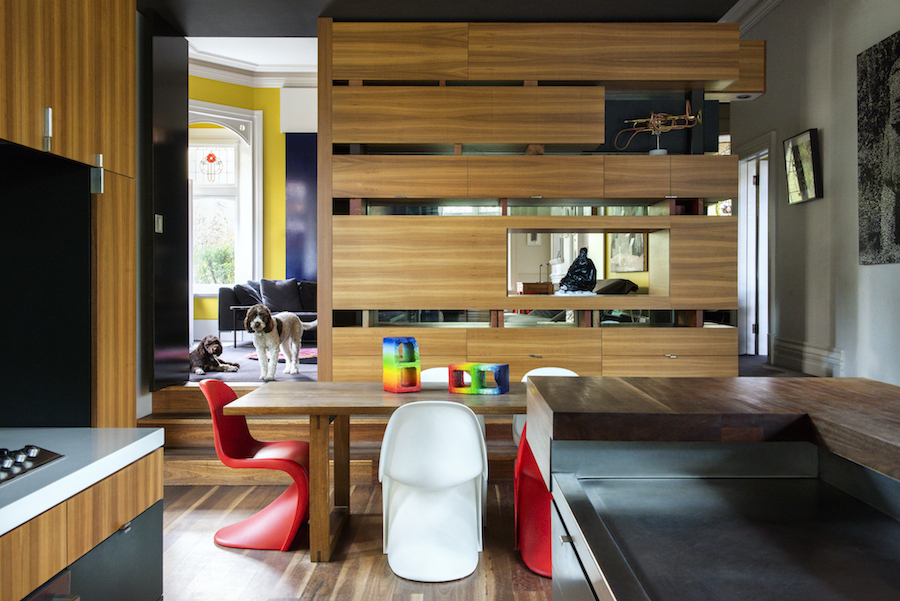
How important is it for you to meet the artists who created the artwork?
I am grateful that I have the opportunity to meet almost all of the artists in my collection and count many of them as friends. Whilst it is not a prerequisite, the kind invitation of artists to open their studios to collectors makes the engagement all the more meaningful.
What is your advice to young and fresh collectors?
By all means collect works that arouse a genuine emotion and desire to acquire. But do take appropriate time to ask questions and meet the artist if possible. Engage with and make efforts to understand the artist’s oeuvre. Follow both your heart and intellect. Be generous and receptive to a nuanced and complex art world. Let the works talk to you.
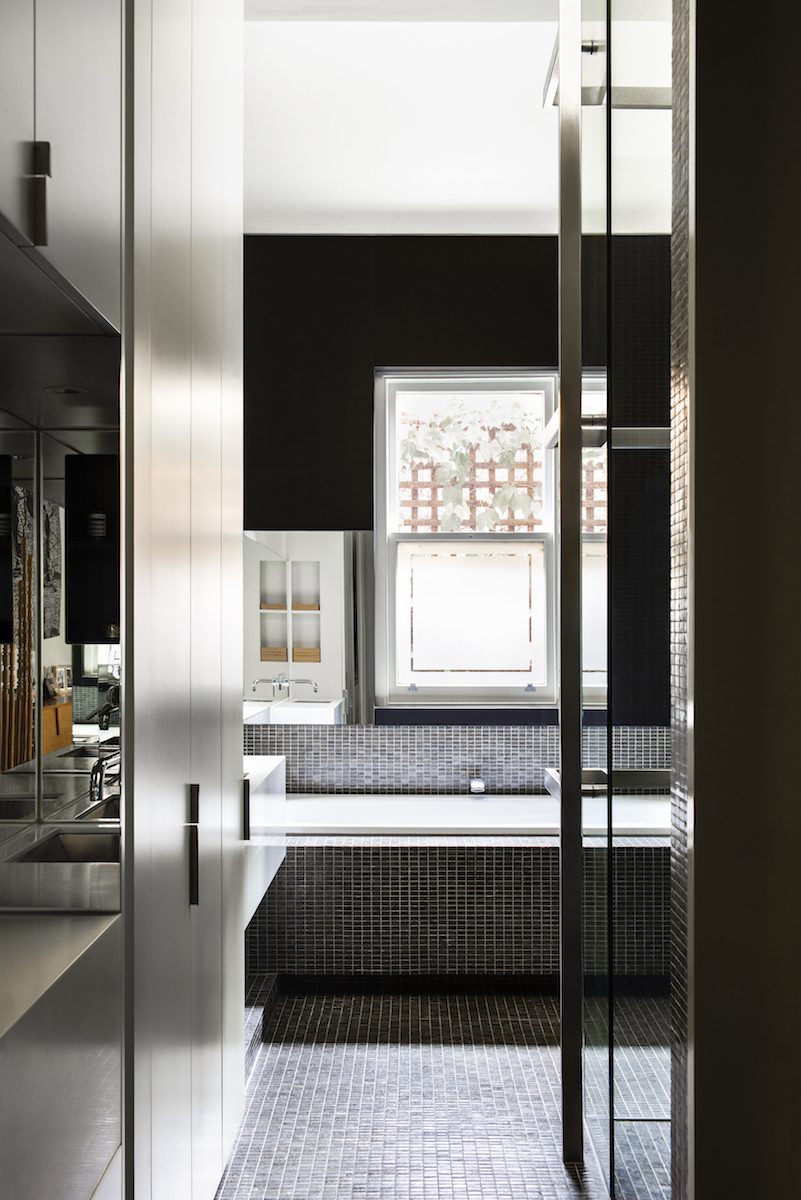
John Street Studios
What is your motivation behind establishing the John Street Studios?
My friend Pascale Gomes-McNabb, who is an award winning interior designer, shares with me the ambition to create and maintain quality and affordable spaces in inner city Melbourne as an effective “impact investment” to support artists. We want to demonstrate that astute investments in the arts can be financially sustainable and can be demoncratised to be persued by far more people than those who are the most wealthy. We both believe that we need artists to be integral to the lives of inner city Melbourne and want to contribute innovatively.
What artists do you support? Are they the same as those you collect?
The studio artists at John Street Studios are professional postgraduate practitioners spanning different career stages and media. All are engaged with the Melbourne visual arts community through academic positions, institutional exhibitions as well as commercial representation. The artists are effectively selected by themselves as the studio artist population changes over the past 6 years. The peer support and respect of artists for each other at John Street Studios are, I believe, what makes this venture such a success. Pascale and I are proud that we have contributed to the development and maturation of the studio artists’ careers.
The selection of studio artists is indepent of what Pascale and I collect. Whilst some of the studio artists are in my collection, John Street Studios were established to support the Melbourne visual arts ecology.
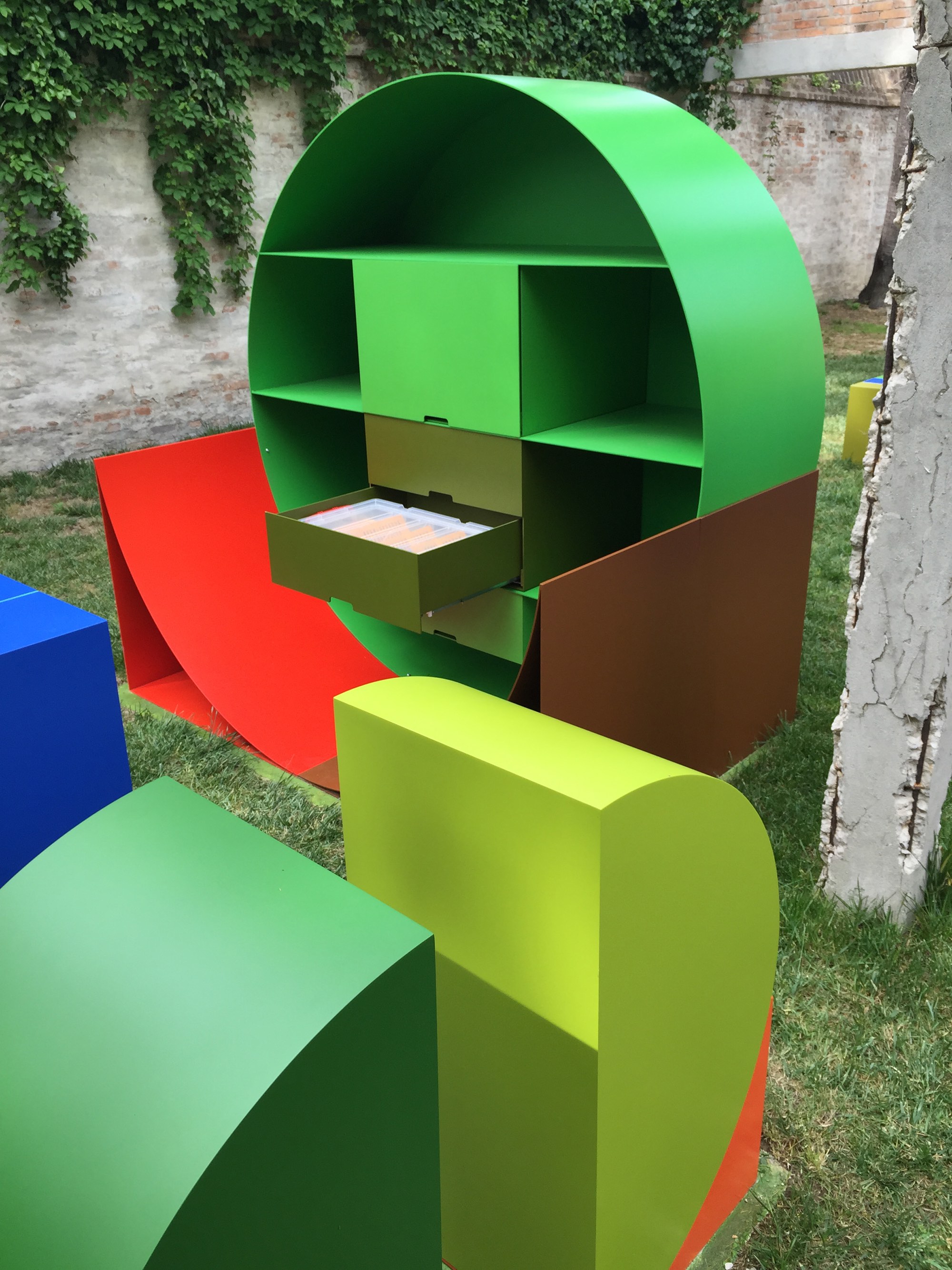
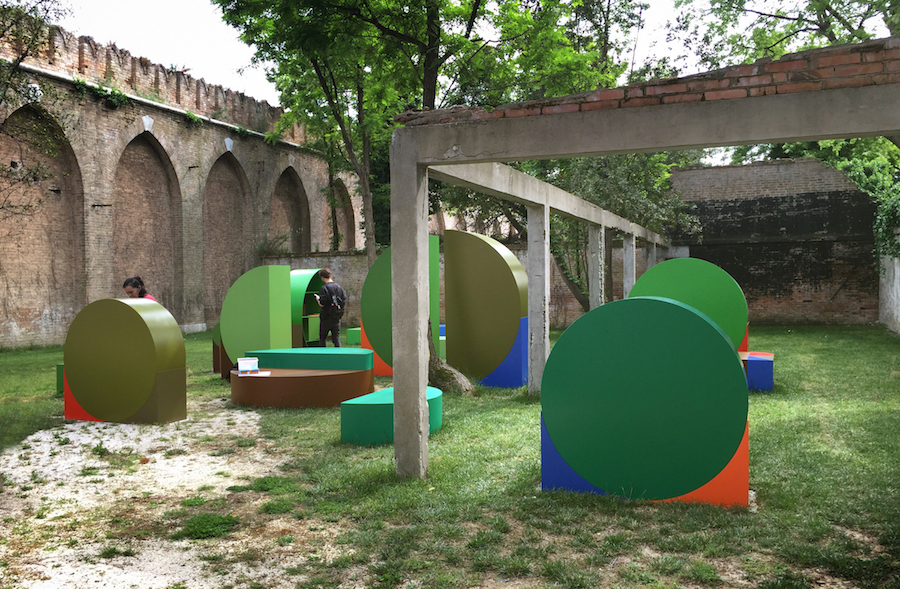
The Art World
What’s your art-world pet peeve?
I believe that art world needs to embrace gender equality and diversity more meaningfully and effectively. Real action is needed urgently. Similarly, ethics and the nature of commerce need to be more openly discussed.
Who inspires you the most in the art world?
I am most inspired by artists who bravely explore the many contradictions and plights of our world today, particularly in a way that provides hope without being didactic.
Can you name three Australianartists who should be on our radar?
Daniel Boyd, Emily Floyd, and Del Kathryn Barton.

Related: John Street Studios
A selection of artists Terry collects:
Alicja Kwade
Daniel Boyd
Del Kathryn Barton
Emily Floyd
Sally Smart





